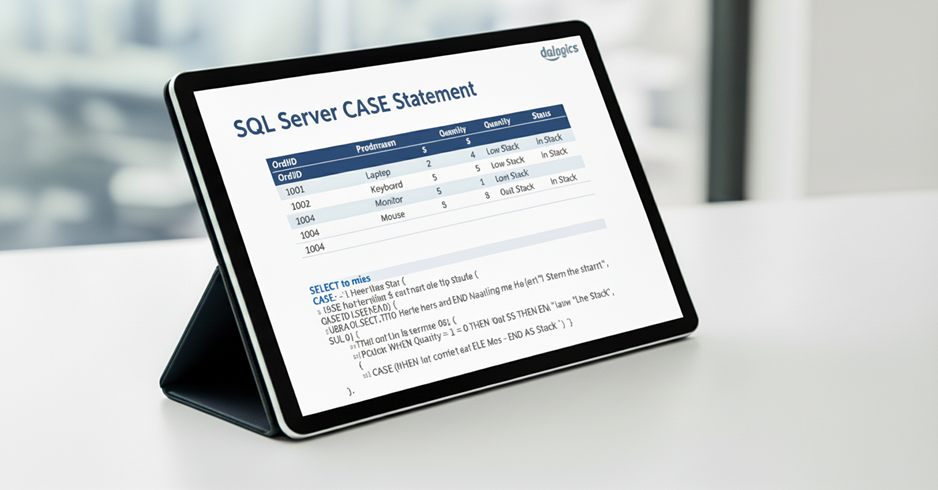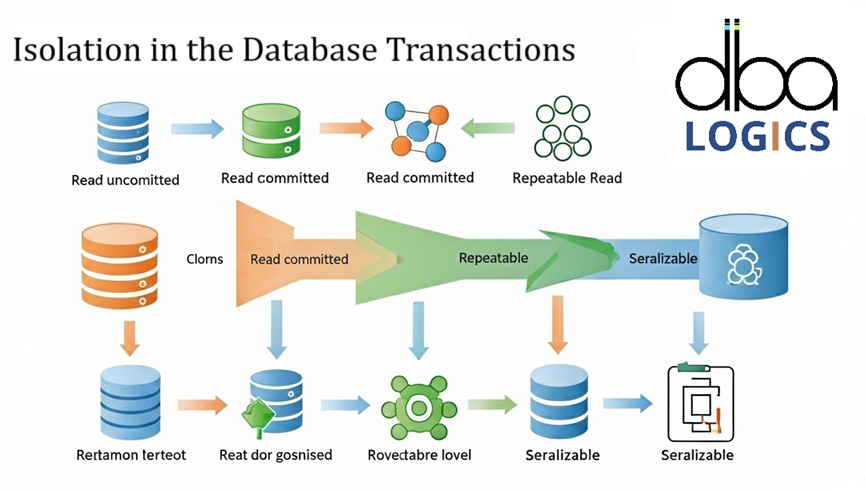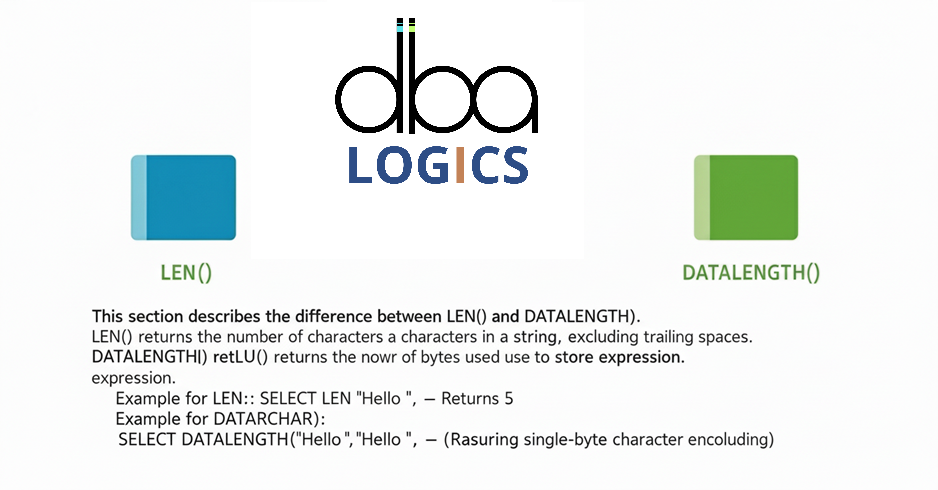
Mastering ISNULL() Function in SQL Server
The ISNULL() is one of the most important functions in the SQL Server to manage ISNULL values so that you can use another value as a replacement value to it. That way, your query results will have useful data rather than white/ISNULL values, which result in clearer and intelligible reports and data outputs. This paper will take you through syntax, application and advantages of ISNULL() function with a real scenario example.
Syntax:
- NULL(expression, replacement_value)
- expression: The value to check for NULL.
- replacement_value: The value to return if expression is NULL.
Example:
Suppose we have a table called Employees:
| EmpID | Name | Bonus |
| 1 | Alice | 1000 |
| 2 | Bob | NULL |
| 3 | Charlie | 1500 |
We want to display the employee bonus, but if the bonus is NULL, we want to show 0
- SELECT
- Name,
- ISNULL(Bonus, 0) AS BonusAmount
- FROM
- Employees;
| Name | BonusAmount |
| Alice | 1000 |
| Bob | 0 |
| Charlie | 1500 |
Benefits of Using ISNULL() in SQL Server.
- Data Consistency: Will help to keep your data clean and consistent by allow NULL to be replaced by a defined value.
- Better readability: Responses provided to a query are easier to understand since actual values (such as 0 or N/A) are returned as an alternative to frustrating NULLS.
- Error Prevention: Errors in calculations or operations on strings where NULL would otherwise cause the calculations or operations to fail or deliver unintended results.
- Simple Logic: Cuts the use of long conditional to deal with missing data.
Common Use Cases.
- Reporting Replace ISNULL with 0 or No Data in reports to have a better understanding.
- Calculations.
- Prevent problems with math calculations in which certain variables could be NULL.
- Data Cleaning.
- Fit absent data in data import or cleanup exercises.
- User Interfaces.
- Present useful values to the users rather than spaces or ISNULL fields.
- Reporting Replace ISNULL with 0 or No Data in reports to have a better understanding.
- Calculations.
- Prevent problems with math calculations in which certain variables could be NULL.
- Data Cleaning.
- Fit absent data in data import or cleanup exercises.
- User Interfaces.
- Present useful values to the users rather than spaces or ISNULL fields.
Alternatives to ISNULL().

- COALESCE()
- Accepts several values and fields the initial non-NULL one. More fluid than COALESCE isnull() where you can decide to use several fallback alternatives.
- CASE Statement
- Apply when some higher-level logic is required and you require checking of more than one condition, or alternatives to use complex rules to generate other values.
Important things to note using ISNULL().
- Data Types
- Ensure that the value that you are using as a replacement of ISNULL is of the same data type as the original column type. Otherwise, it is possible to hit data conversion errors.
- Performance Impact.
- On a big table or an elaborate query, ISNULL() is going to cause a performance hit. In order to optimize better, consider COALESCE() or CASE where necessary.
- SQL Compatibility.
- ISNULL() is an SQL Server (T-SQL) keyword. In order to be cross-platform compatible, it is better to use COALESCE(), considered to be an ANSI SQL standard.
Conclusion
ISNULL() feature is an efficient and convenient method of dealing with NULL values in SQL Server. It ensures:- Proper and tidy reports.
- Less mistakes in data calculations.
- Better and more readable outputs.
- ISNULL() is frequently the easiest and fastest means of performing simple NULL-handling chores because alternatives such as COALESCE() and
CASE provide more flexibility but are more complex. - ISNULL() is useful when working with optional or missing data and helps to maintain your data consistent and meaningful, although in any final decision, you should pay attention to data type compatibility and performance.











Post Comment
Your email address will not be published. Required fields are marked *